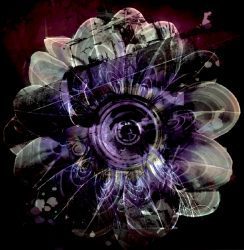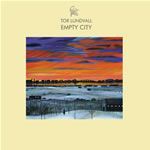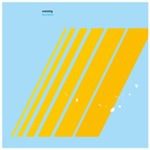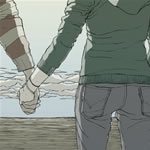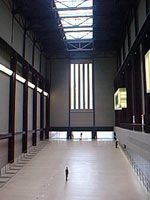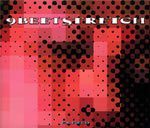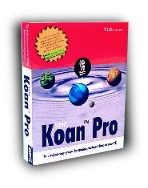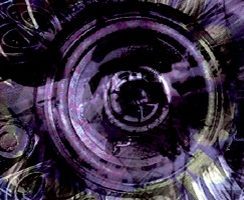Jacob Kirkegaard – 4 Rooms
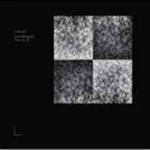
If you record a room’s resonation, feed back the recording into that room and record it again, and do this a couple of time so that the feedback gets stronger and stronger, will the result reveal the ‘soul’ of that room?
And will something in this ‘soul’ reveal the fact that these rooms were once busy with people (church, gymnasium, swimming pool, auditorium) but are now completely desolated?
And will you be able to hear the fact that these rooms are all located in the Tchernobyl disaster area?
This, as you may guess, is not intended as ‘easy background ambient’. The result is not unlike some of Thomas Köner’s work – but it’s the concept that makes is almost frightening.

